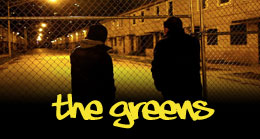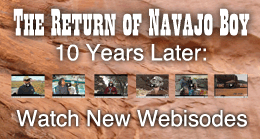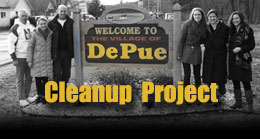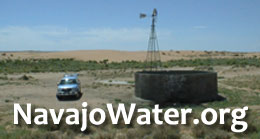Doc Talk Show #12: Lost & Found
Curated and Hosted by Jeff Spitz
February 22, 7PM – 9:30PM
Uncommon Ground, 3800 N. Clark St., Chicago
CLICK HERE FOR RESERVATIONS
Join us for an evening of short documentaries and conversation with the filmmakers. Each month Jeff Spitz curates a fresh new lineup of inspiring docs organized around a theme. The evening includes new talent and veteran filmmakers who have the opportunity to interact with live audiences about their films, the issues they raise, and using media to create social change. Screenings include works in progress, finished shorts, and teasers and trailers for longer documentaries.
An intimate evening of food, drink, non-fiction films, filmmakers and real face to face conversation.
Admission is FREE with a suggested donation of $20.
Space is limited. Please reserve your seat in advance!
Doc Talk #12: “Lost & Found” featured artists/films
- Esau Melendez: JUMPING BEAN CAFÉ
- Devon Gulati: STARGARDT’S DISEASE
- Peter Kuttner: THE END OF THE NIGHTSTICK
- Sharon Zurek: DYKE DELICIOUS
- Ana Garcia Doyle: ONE EARTH FILM FESTIVAL
- Brian Ashby & Scrappers: THE AREA
- Andrew Morgan & Nick Nummerdor: NORTH BRANCH










